If you’re a recent visitor to Locomotion (or even just searched for us online) you might have noticed that we’ve changed how we look. Well, there’s a good reason for that! Locomotion was fully integrated into the Science Museum Group in December 2017 and since then the museum has been refreshing its appearance.
This blog post, the first of three, will deal with the background to a current project focused on replacing interpretation as part of this refresh. The following two blog posts will include progress made during the project, and the results after it has finished.
Now, it’s probably worth introducing myself properly, as I’ll be undertaking the project to replace the interpretation around the museum—I’m Joe, a Museum Assistant at Locomotion. I’ve previously undertaken interpretation projects at the museum, including two that you’ll read about later. As well as working for the museum, I’m also undertaking my Associateship of the Museums Association (AMA). This is a professional development award run by the Museums Association. Earlier in the summer I was at the stage in the study for my AMA where I needed to begin planning a work-based project and I was keen to make this about interpretation. While this was happening, the second stage of the museum refresh was also being planned. Coincidence or what?
So if this is the second stage, what happened in the first? Well, online, the process began with the rebranding of our existing social media channels and continued with the launch of our brand new website. At the museum site itself, the refresh began with the installation of new informational signage: letting visitors know when the museum opens and closes, where the shop is, and, most importantly, where the toilets are.
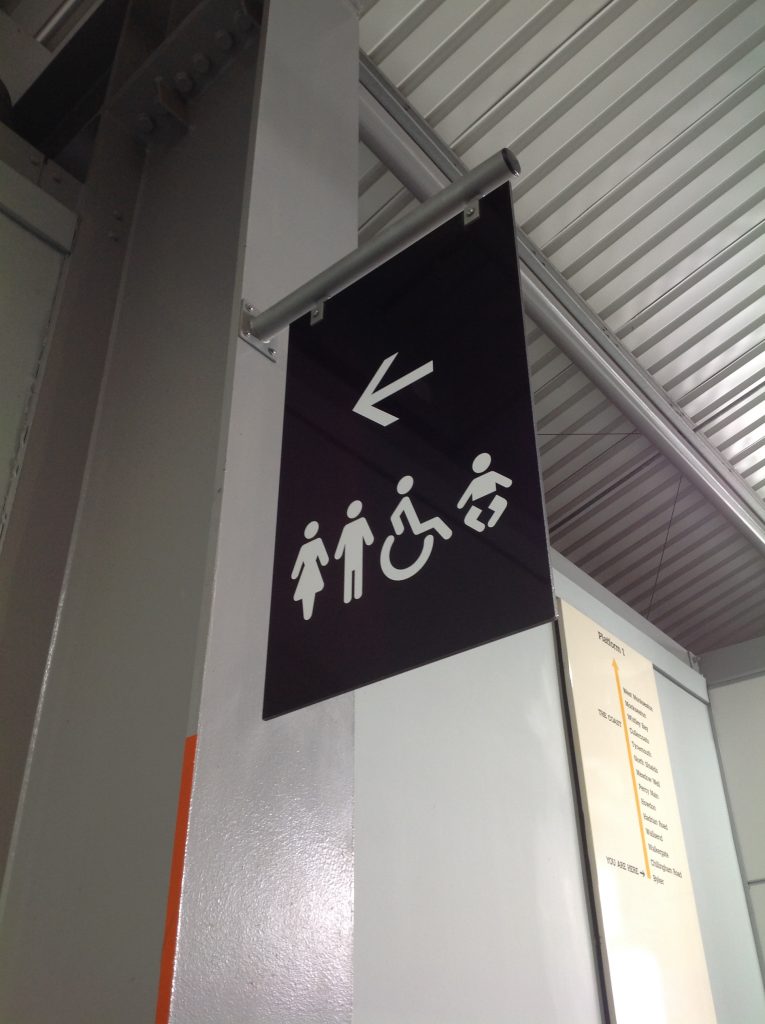
The visitor experience at the museum has been greatly improved by the changes so far, and perhaps the best visual representation of this success is the new frontage of the Collection Building. The logo is striking, and certainly leaves no doubt about which museum you’ve arrived at.
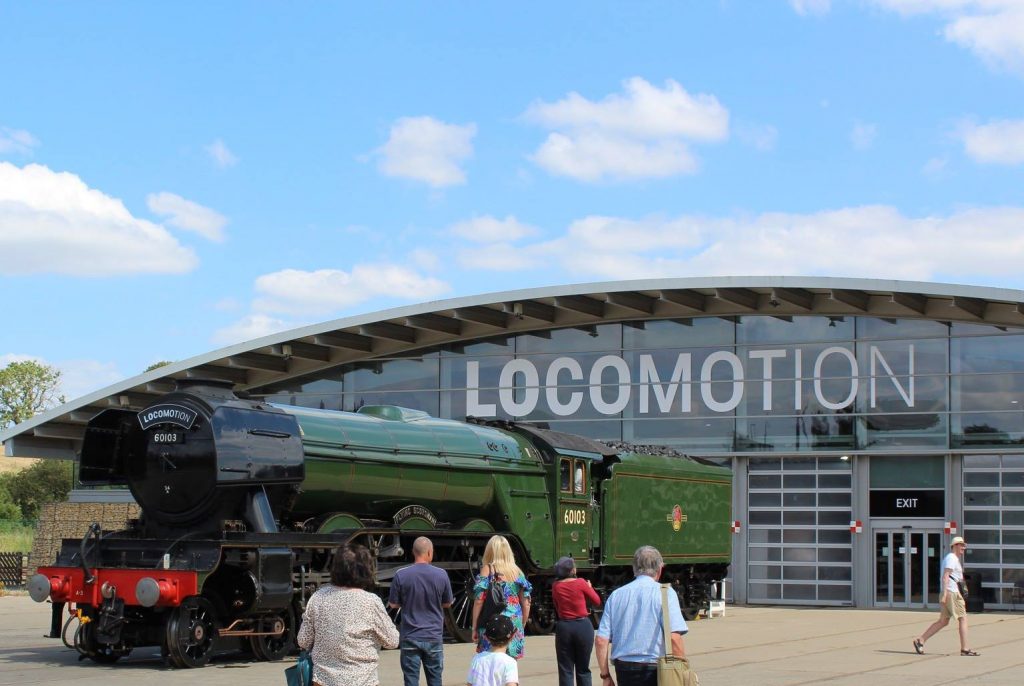
From toilets to trains
However, while the first stage of the refresh has been very successful, there were some areas that were being saved for later. Notably, the replacement of interpretation—the signs and panels that tell you more about our incredible objects—within the museum.
Interpretation allows visitors to interact with and learn from the collection. Keeping it up-to-date and accessible is obviously very important for this reason. So, with planning for the second stage of the museum refresh underway, a project to replace some older interpretation with new, more accessible pieces seemed like a logical next step.
Interpretation of every size and variety
Interpretation at Locomotion falls into a few different categories. The first of these is the vehicle interpretation labels which adorn the 60+ larger items in the collection. These interpretation labels reveal the story of each vehicle, its purpose and the essential facts and figures. They’re accessible, up-to-date, and don’t include any of our old branding. I produced these in early 2017, and so they aren’t being considered for replacement as part of the project.

The second category comprises the smaller pieces of interpretation for objects displayed on walls or in cabinets throughout the museum. These objects range from locomotive parts to paintings and prints. These pieces explain the history of each object and are also accessible and up-to-date—and as a bonus, they feature the new branding. I’m producing these as and when they’re needed, so they aren’t included in the project either.
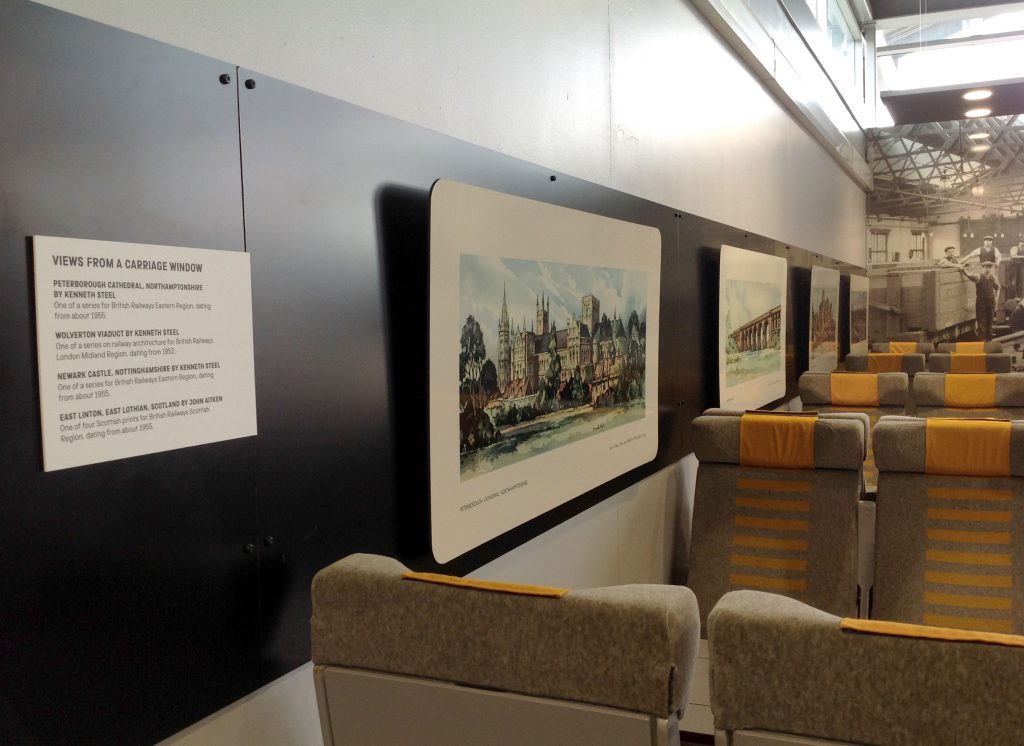
The third category is the larger pieces of interpretation scattered around Locomotion, known as curatorial stories. These explore events, themes or historical circumstances surrounding our objects. They are out of date, not as accessible as we’d like, and include the old branding. For these reasons, the curatorial stories will be the main category of interpretation set for replacement during the project.
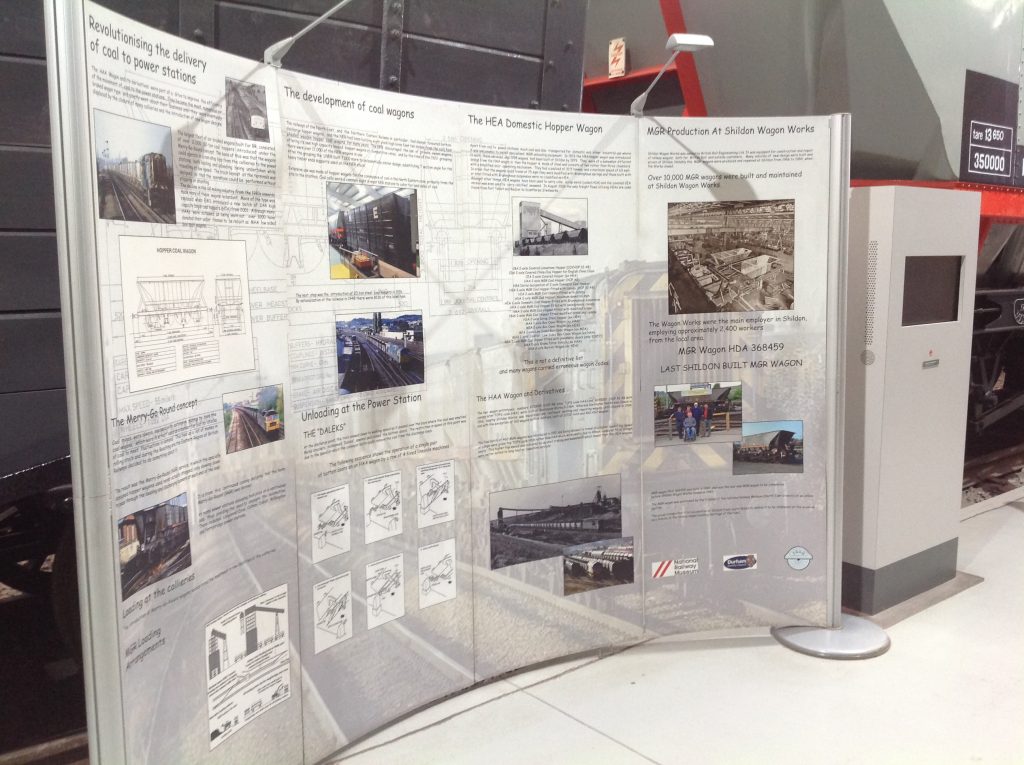
There is also a fourth category, although this one is a bit different. This category includes the community displays which often accompany restoration projects or vehicle loans to the museum. Again, many of these displays are inconsistent in terms of branding and accessibility and, although they don’t relate to our collection, they will also be replaced as part of the project for this reason.
200 years in 200 words
So here is where the title of this post will start to make sense. There’s loads of research and writing to undertake in order to create the interpretation that you’ll soon be seeing around the museum. From my experience it seems that around 200 words is about the maximum for most of the topics we need to cover in this project. Some will have more than that, but fitting around 200 years of history into 200 words will definitely be a challenge—so wish me luck!
What’s next?
In the next blog post you’ll be getting to know the topics included in the project, as well as what the interpretation will look like. You might also get to read a few interesting facts that won’t make it into the interpretation (remember the 200 words?) but are too juicy to just ignore and leave in the pages of a dusty book.
So, to finish up, I’ll leave some hints about the topics being researched right now, and what’s going to be coming up in the next post:
- An early railway and its huge influence
- ‘Hello modernisation’
- War!
- Wheels, rails, and speed
- A famous face (in second place)
- Palaces on wheels
- Merry-go-round (but not as you know it)
- The cradle of the railways
Any guesses welcomed!
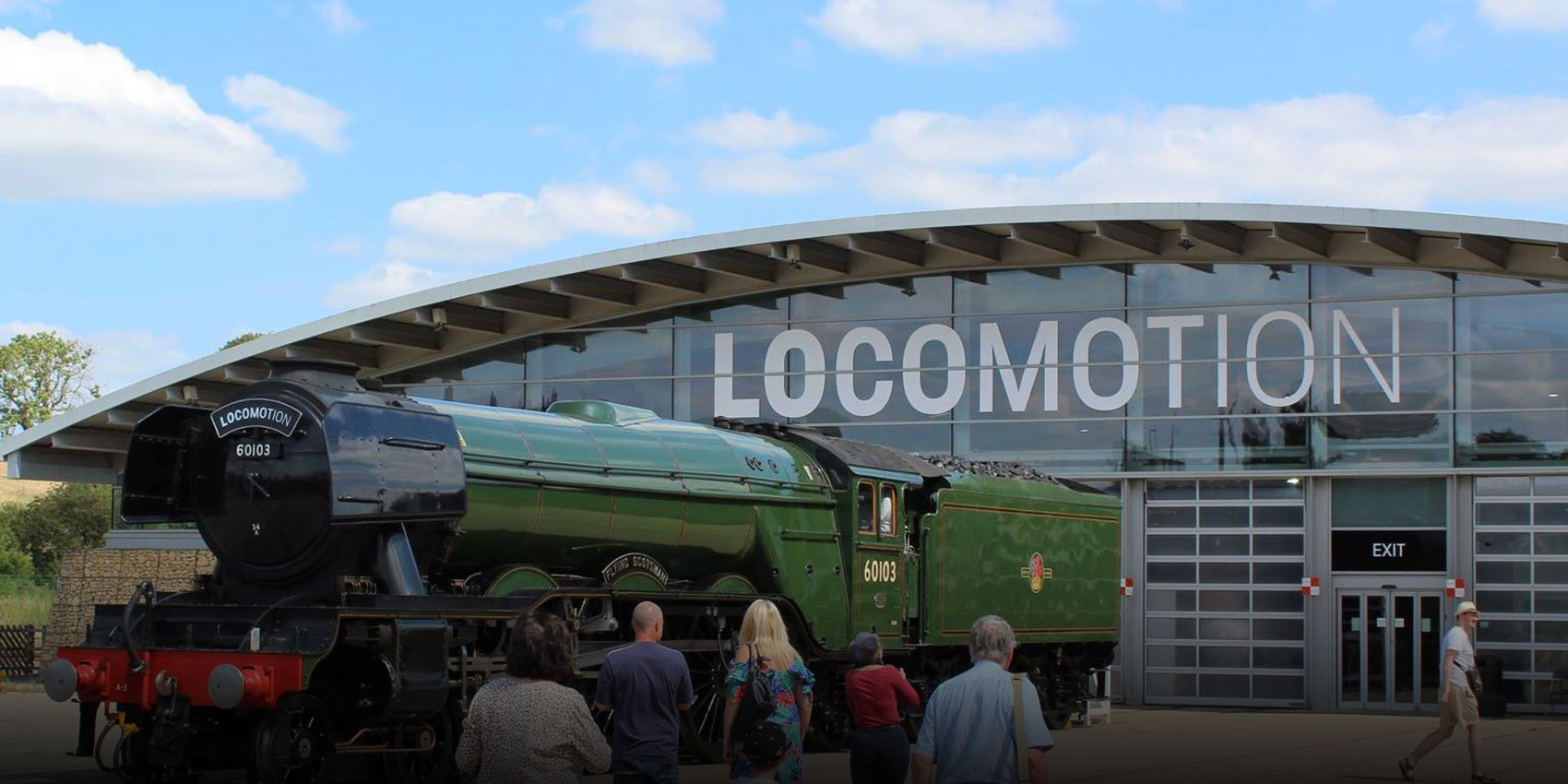
Hello Joe, good luck with the interpretation rewrites. When it comes to the ‘early railway and it’s huge influence’ Please do contact the Friends of the Stockton and Darlington Railway we have a wealth of new research we’d love to share.